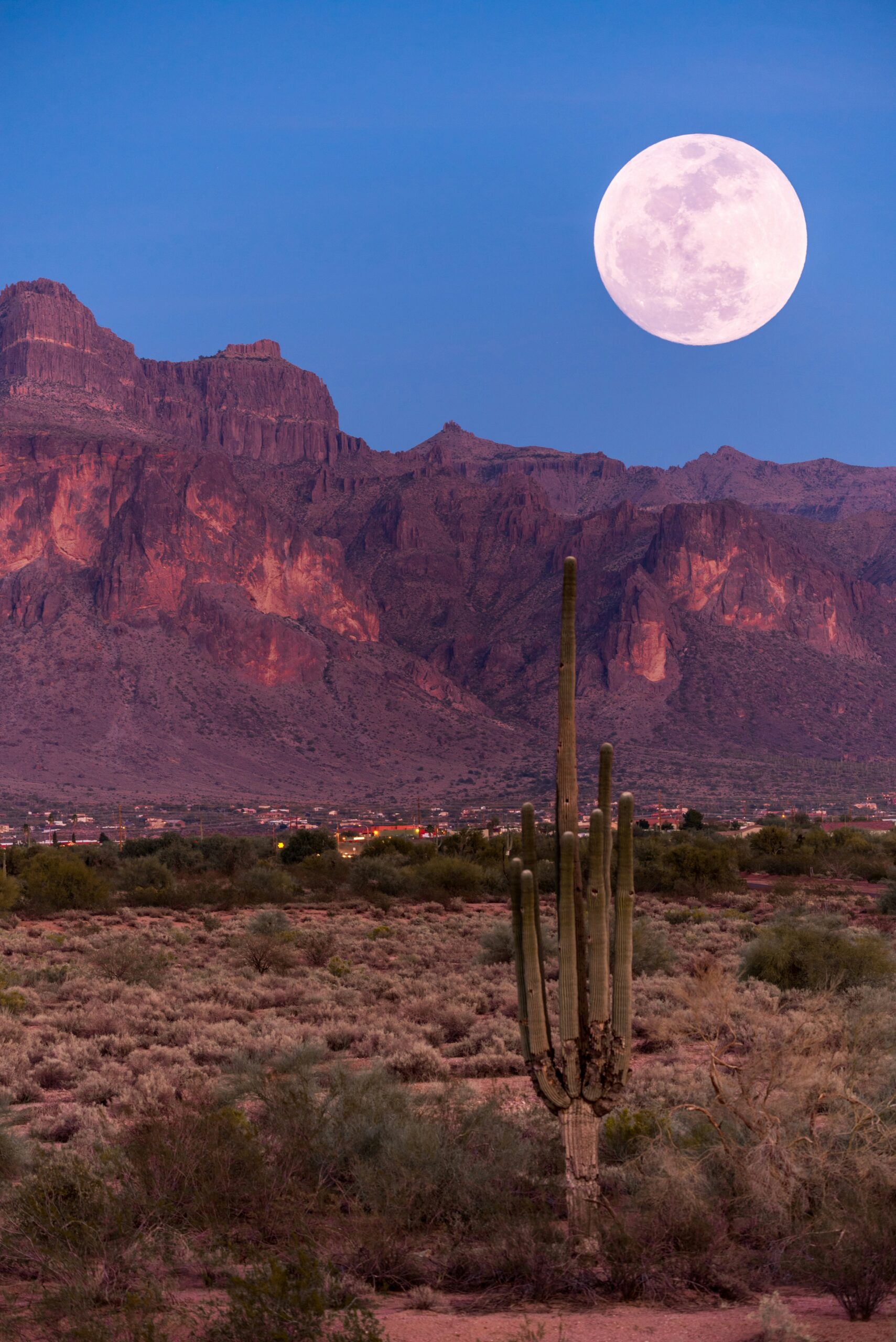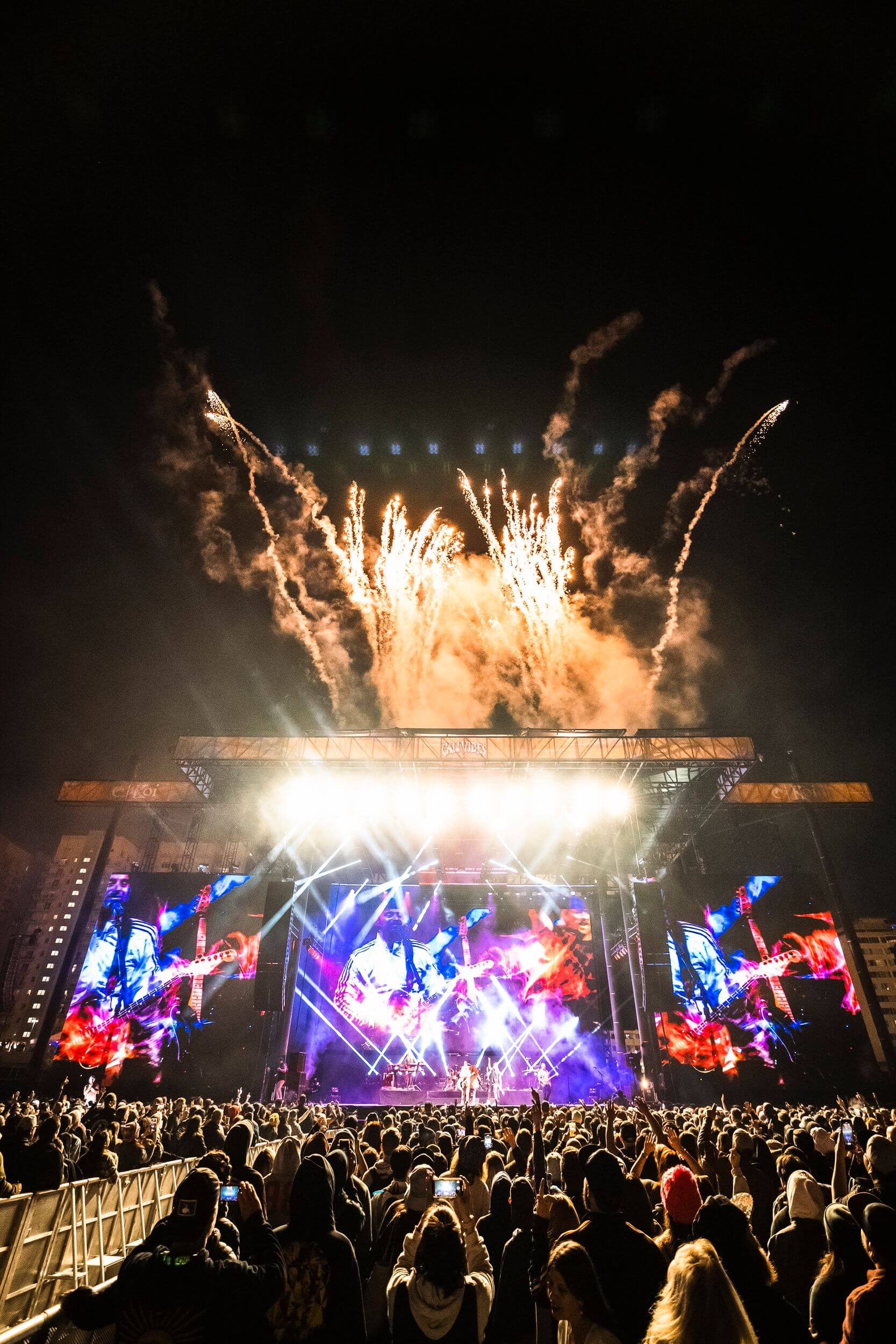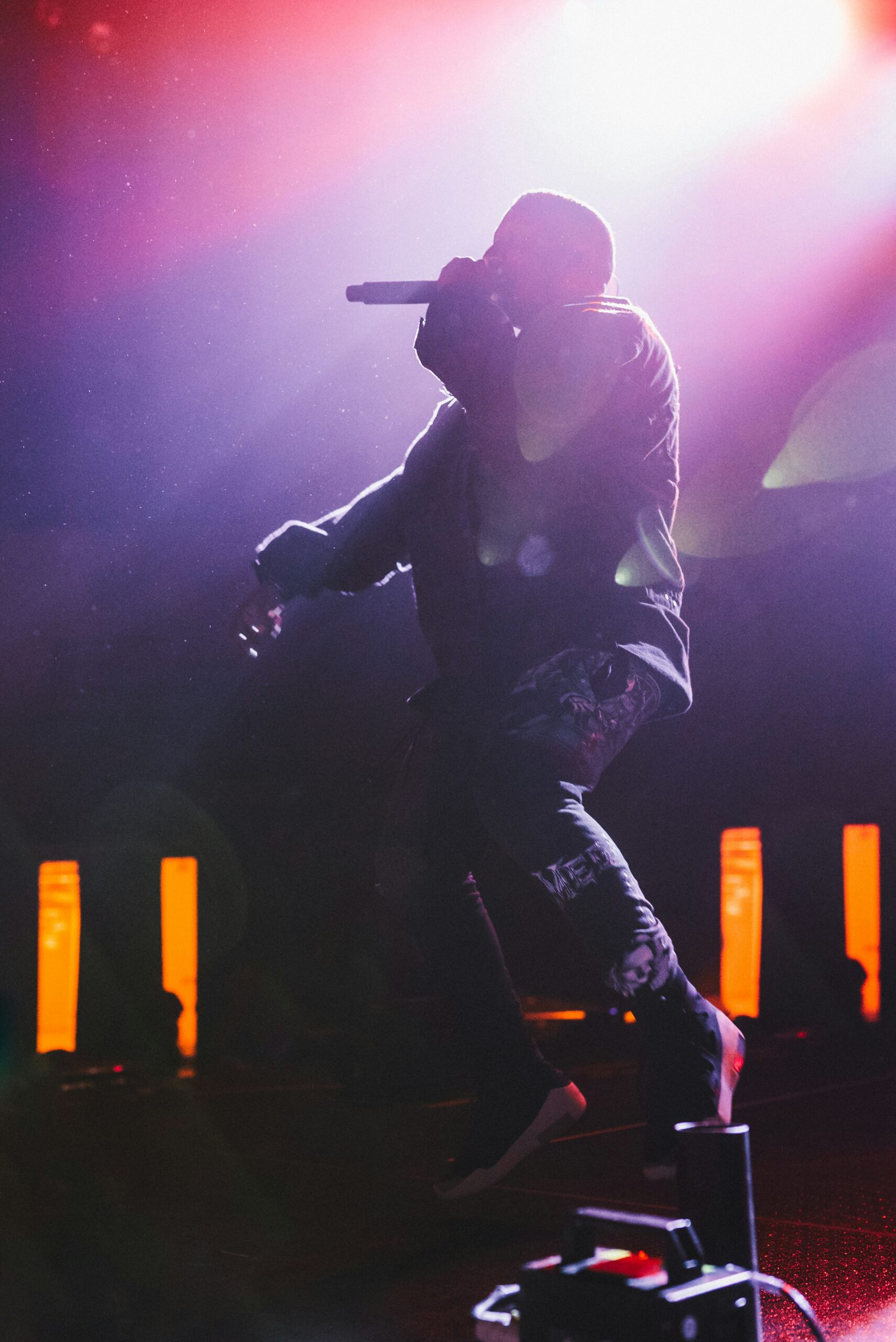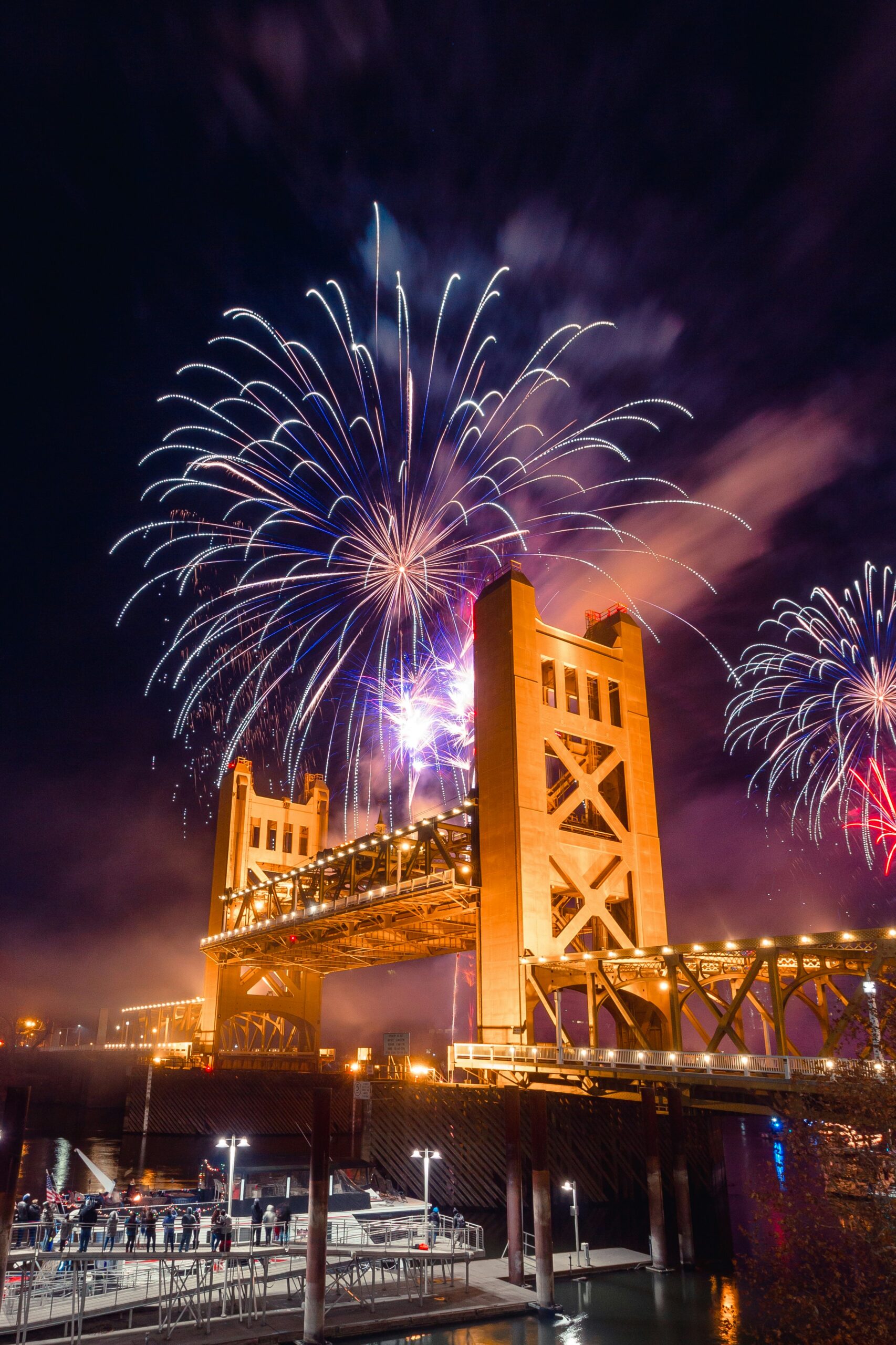Hunter Supermoon Tonight: Brightest Full Moon of the Year Illuminates Autumn Sky
Get ready for a spectacular celestial event tonight! The Hunter's Moon will grace our skies, and it's not just any full moon – it's a supermoon. This Hunter's Supermoon will be the largest and brightest of 2024, appearing up to 14% larger and 30% brighter than a typical full moon.
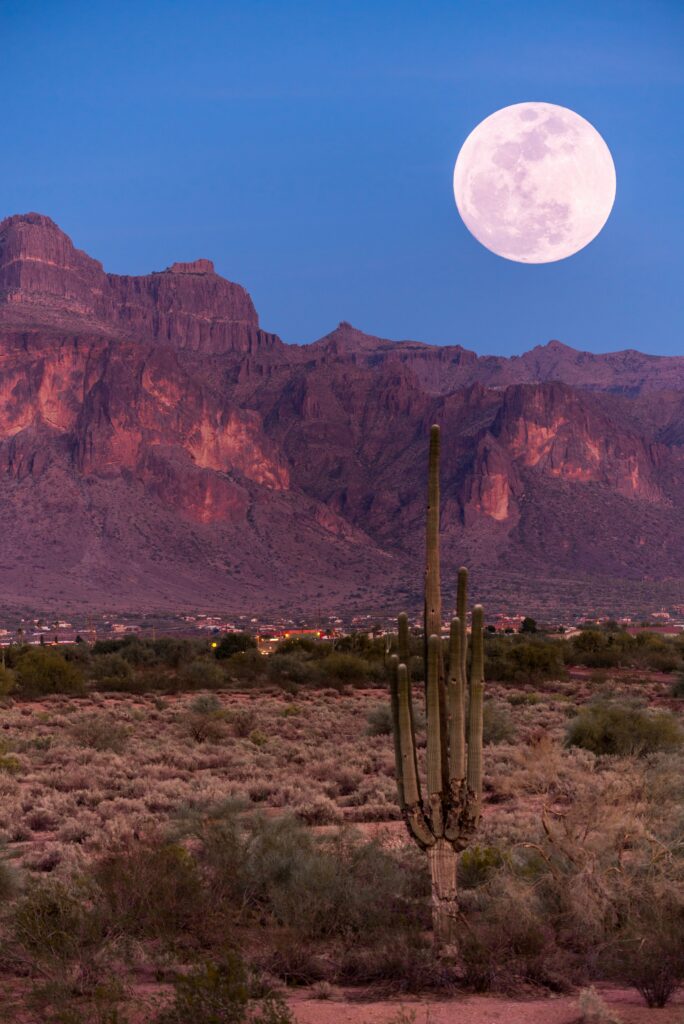
You're in for a treat as this lunar spectacle combines the traditional Hunter's Moon with the impressive size of a supermoon. The Hunter's Moon, named for its historical significance in aiding hunters during autumn evenings, takes on an extra wow-factor this year due to its proximity to Earth.
As you look up at the night sky, you'll witness the third of four consecutive supermoons this year. The moon will reach its closest point to Earth tonight, creating an awe-inspiring sight that you won't want to miss. So grab a cozy blanket, find a comfortable spot outdoors, and prepare to be amazed by the celestial show above!
Hunter Supermoon Tonight: Brightest Full Moon of the Year Illuminates Autumn Sky
What Is a Supermoon
Supermoons occur when the moon reaches its closest approach to Earth during its full phase. This celestial event creates a visually stunning sight, with the moon appearing larger and brighter than usual in the night sky.
Defining the Supermoon
A supermoon happens when a full moon coincides with the moon's closest approach to Earth, known as perigee. During this time, the moon's elliptical orbit brings it about 363,000 kilometers (225,000 miles) from Earth, compared to its average distance of 384,400 kilometers (238,900 miles).
This proximity makes the moon appear up to 14% larger and 30% brighter than a typical full moon. You'll notice the difference especially when the moon is near the horizon, creating an optical illusion that further enhances its size.
Supermoons occur 3-4 times a year, making them relatively rare and exciting events for skywatchers.
Supermoon Vs. Full Moon
While every supermoon is a full moon, not every full moon is a supermoon. The key difference lies in the moon's distance from Earth at the time of its full phase.
A regular full moon occurs when the moon's Earth-facing side is completely illuminated by the sun. This happens once every 29.5 days, regardless of the moon's distance from Earth.
In contrast, a supermoon only occurs when this full phase coincides with the moon's closest approach to Earth (perigee). At its furthest point (apogee), the moon can be up to 405,000 kilometers (251,000 miles) away.
This variation in distance is due to the moon's elliptical orbit around Earth. When you observe a supermoon, you're seeing the full moon at its most impressive, appearing noticeably larger and brighter in the night sky.
The Significance of the Hunter's Moon
The Hunter's Moon holds special meaning in various cultures and has played an important role throughout history. Its bright illumination and timing have made it significant for agricultural and hunting practices.
Historical Background
You might be surprised to learn that the Hunter's Moon has been recognized for centuries. This full moon, which follows the Harvest Moon, typically occurs in October. Native American tribes named it the Hunter's Moon because it signaled the ideal time to hunt and prepare for winter.
The extra light provided by this moon was crucial for hunters. It allowed them to spot prey more easily in the fields. Farmers also benefited from the extended twilight, using the additional daylight to finish harvesting crops.
The Farmer's Almanac has long recognized the Hunter's Moon as an important celestial event for agricultural planning.
Cultural Importance
You'll find that the Hunter's Moon holds significance in various cultures around the world. In Native American traditions, it marks the time to prepare for winter by stocking up on food.
Some cultures view this moon as a time for spiritual reflection and renewal. Its appearance often coincides with harvest festivals and autumn celebrations.
In modern times, the Hunter's Moon continues to captivate. Astronomy enthusiasts eagerly await its arrival each year. It's also become a popular time for moonlit outdoor activities and photography.
The bright, orange appearance of the Hunter's Moon makes it a stunning sight. This visual spectacle adds to its cultural appeal and keeps people fascinated year after year.
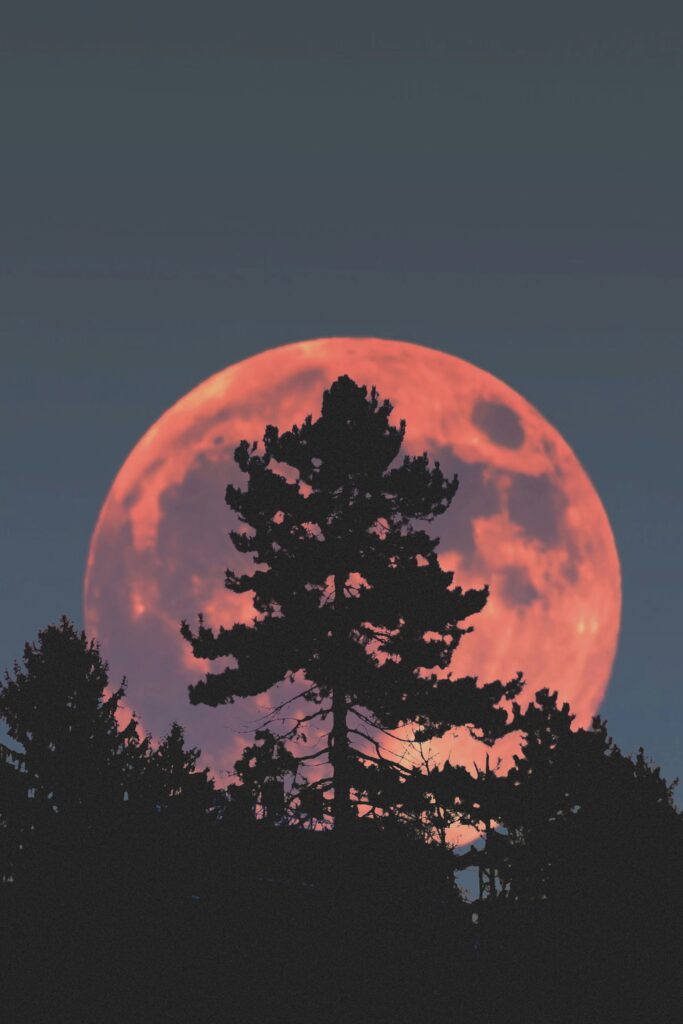
Observing the Hunter Supermoon
Tonight's Hunter Supermoon offers a spectacular celestial display. This rare event combines the year's largest supermoon with the traditional Hunter's Moon, creating an unforgettable sight for stargazers.
Best Viewing Times
The Hunter's Supermoon will reach its peak as the sun sets tonight. For optimal viewing, plan to start watching just after sunset. The moon will appear largest and most dramatic when it's near the horizon.
Check your local moonrise time to catch the initial appearance. As the sky darkens, the moon will climb higher, offering different perspectives throughout the night.
Don't worry if you miss the exact peak – the moon will appear full for about three days surrounding this event.
Ideal Viewing Conditions
To fully appreciate the Hunter's Supermoon, seek out areas with minimal light pollution. Rural locations or high vantage points away from city lights offer the best views.
Clear skies are crucial for optimal visibility. Check your local weather forecast to ensure cloud cover won't obstruct your view.
If you're in an urban area, don't despair. The supermoon's increased brightness means it can still be impressive even with some light pollution. Try finding an open area like a park or rooftop for better visibility.
Optical Equipment Recommendations
While the Hunter's Supermoon is visible to the naked eye, optical equipment can enhance your viewing experience.
For beginners, a pair of 7×50 or 10×50 binoculars can provide detailed views of the moon's surface features. These are portable and easy to use without extensive setup.
If you're interested in more detailed observation, consider a small telescope. A 4-inch refractor or 6-inch reflector telescope can reveal craters, mountains, and other lunar features in stunning detail.
Remember to give your eyes time to adjust to the darkness for the best viewing experience, regardless of the equipment you use.
The Science Behind the Moon Illusion
The moon's appearance can be deceiving. What you see in the night sky isn't always what you think it is. Your perception of the moon's size and visibility is influenced by several fascinating factors.
Moon Size Perception
Have you ever noticed how the moon looks bigger when it's near the horizon? This is the moon illusion, a captivating optical trick your brain plays on you. When the moon is low in the sky, you have earthly objects to compare it to – trees, buildings, mountains. These reference points make the moon seem enormous.
But as it rises higher, there's nothing to compare it to. Suddenly, it appears smaller. In reality, the moon's size doesn't change at all. It's all about perspective and how your brain processes visual information.
Try this: Hold your thumb up to the moon when it's on the horizon. Then do it again when it's high in the sky. You'll see it's the same size both times!
Atmospheric Effects on Visibility
The atmosphere plays a big role in how you see the moon. When the moon is near the horizon, its light travels through more of Earth's atmosphere to reach your eyes. This can make it appear dimmer and more orange or red.
During twilight, the moon might seem extra bright. This is because your eyes are adjusting to the darkening sky, making the moon stand out more. The atmosphere can also cause the moon to look fuzzy or distorted when it's low on the horizon.
On clear nights, you'll get the best view. Less atmospheric interference means sharper details and brighter light from our celestial neighbor.
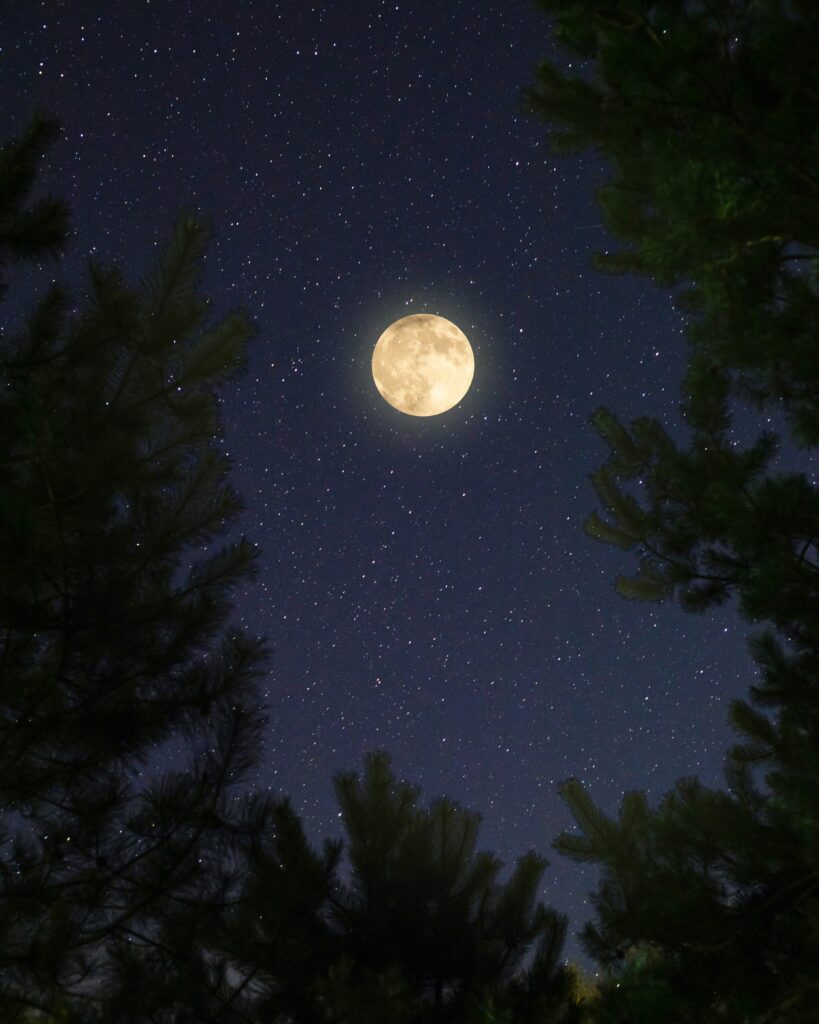
Moon Phases and the Supermoon Cycle
The moon's journey through its phases and the occurrence of supermoons are fascinating celestial events you can observe. Understanding these cycles helps you predict when to catch the next spectacular lunar display.
Phases of the Moon
The moon's phases result from its orbit around Earth. As it travels, you'll see different portions illuminated by the sun. The cycle begins with the new moon, when the moon is between Earth and the sun.
About a week later, you'll spot the first quarter moon, half-illuminated. The full moon appears two weeks after the new moon, fully lit by the sun's rays.
The last quarter follows, leading back to the new moon. This entire cycle takes about 29.5 days to complete.
Predicting the Next Supermoon
Supermoons occur when the full moon coincides with the moon's closest approach to Earth in its elliptical orbit. This makes the moon appear larger and brighter than usual.
You can use the Old Farmer's Almanac to predict upcoming supermoons. They typically happen 3-4 times a year.
The next supermoon after October 2024 is expected in August 2025. Mark your calendar and prepare for an awe-inspiring sight!
Remember, each supermoon is unique. Some appear larger or brighter than others, depending on the moon's exact distance from Earth during that particular event.
The October Hunter Supermoon and Astronomy
The Hunter Supermoon offers a unique opportunity to observe celestial phenomena. You'll witness its impact on night sky visibility and its relationship to other astronomical events occurring this month.
Relation to Other Celestial Events
The Hunter Supermoon coincides with the Orionids meteor shower, adding extra excitement to your stargazing experience. You might catch glimpses of meteors streaking across the sky, though the moon's brightness may make some harder to spot.
This supermoon also occurs during a period of increased solar activity. You could potentially see the northern lights if you're in the right location, as geomagnetic storms are more likely during this time.
Remember to keep an eye out for planets visible in the night sky. Jupiter and Saturn often shine brightly during October evenings, offering you additional celestial targets to observe.
Impact on Night Sky Observation
The Hunter Supermoon's brilliance will significantly affect your night sky observations. As the biggest and brightest full moon of the year, it will outshine many stars and fainter celestial objects.
You'll notice the moon appears about 14% larger and 30% brighter than a typical full moon. This enhanced luminosity can make it challenging to spot dimmer stars or deep-sky objects.
To maximize your viewing experience:
- Find a dark location away from city lights
- Allow your eyes to adjust to the darkness for 20-30 minutes
- Use binoculars or a telescope to observe the moon's detailed surface features
Despite the challenges, the supermoon offers you a great opportunity to study lunar maria, craters, and mountain ranges in exceptional detail.
How to Photograph the Moon
Capturing stunning images of the Hunter's Moon requires the right equipment and techniques. You'll need to adjust your camera settings and get creative to showcase the moon's beauty in your photos.
Camera Settings for Moon Shots
Start by setting your camera to manual mode. Use a long lens, ideally 200mm or longer, to get a close-up view. Set your ISO low, around 100-400, to reduce noise. Choose an aperture between f/8 and f/11 for sharpness.
Your shutter speed should be fast, around 1/125 to 1/250 second, to avoid blur from the moon's movement. Use a tripod to keep your camera steady.
Enable your camera's self-timer or use a remote shutter release to prevent camera shake. Turn off autofocus and manually focus on the moon's edge for crisp details.
Creative Techniques for Lunar Photography
Try photographing the moon as it rises near the horizon. This creates an illusion of a larger moon and allows you to include interesting foreground elements.
Experiment with double exposures. Take one shot of the moon and another of the landscape, then blend them in post-processing. This technique helps balance the bright moon with a darker foreground.
Consider using HDR (High Dynamic Range) to capture details in both the moon and surrounding night sky. Take multiple exposures at different settings and merge them later.
Try including silhouettes of trees or buildings to add visual interest. You can also create a moon trail by taking multiple exposures as the moon moves across the sky.
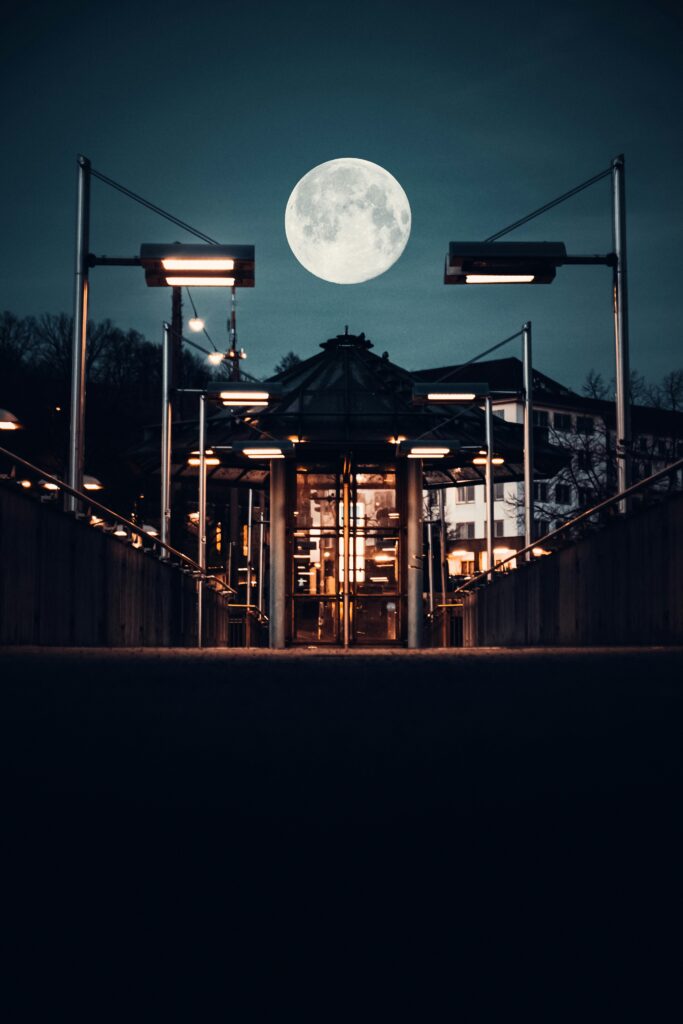
The Role of NASA in Moon Observations
NASA plays a crucial role in advancing our understanding of Earth's celestial companion. The space agency provides valuable insights into lunar phenomena and offers educational resources for moon enthusiasts.
NASA's Contributions to Lunar Studies
NASA's lunar research has been groundbreaking. Through various missions, they've mapped the moon's surface in extraordinary detail. You can explore these maps online, giving you a bird's-eye view of lunar landscapes.
The Lunar Reconnaissance Orbiter continues to send back high-resolution images, helping scientists study moon features. NASA also analyzes moon rocks brought back by Apollo missions, uncovering secrets about lunar composition and history.
Their research extends to studying lunar phases and phenomena like supermoons. You might be interested to know that NASA tracks these events, providing accurate timing for observers on Earth.
Educational Resources from NASA
NASA offers a wealth of educational materials about the moon. You can find interactive websites, videos, and lesson plans tailored for different age groups.
The agency's Moon to Mars program provides exciting updates on future lunar missions. You'll find information about the Artemis program, which aims to return humans to the moon.
For tonight's Hunter's Supermoon, NASA's website offers viewing tips and explanations of the phenomenon. You can learn why this full moon appears 14% larger than normal in the sky and how it relates to the moon's elliptical orbit.
Planetary Alignments and the Supermoon
Tonight's Hunter Supermoon offers a unique opportunity to observe planetary alignments. The moon's increased brightness and size create an interesting backdrop for viewing other celestial bodies in our solar system.
Effects on the Visibility of Planets
The supermoon's increased brightness can make it challenging to spot some planets. Venus, known as the “Evening Star,” may be harder to see due to the moon's intense glow.
However, you might still catch a glimpse of Venus low on the western horizon shortly after sunset. Jupiter, the largest planet in our solar system, remains visible despite the supermoon's radiance.
Saturn, with its distinctive rings, can be observed using a small telescope. Look for it in the southern sky during the early evening hours.
Viewing Planets During the Supermoon
To maximize your planet-viewing experience during the supermoon, follow these tips:
- Use binoculars or a telescope for better visibility
- Find a dark location away from city lights
- Allow your eyes to adjust to the darkness for 20-30 minutes
Mars may be harder to spot due to its current position, but you can try looking for its reddish hue in the eastern sky before dawn. Jupiter will be the brightest “star” in the night sky, easily visible to the naked eye.
Remember, planetary positions change over time. You can use smartphone apps or online star charts to help locate specific planets on any given night.
Preparation for Lunar Events
Getting ready for a lunar spectacle involves careful planning and attention to safety. You'll want to create an enjoyable viewing experience while ensuring everyone stays comfortable and secure during nighttime observations.
Planning Your Viewing Party
Choose a location with minimal light pollution for the best view of the Hunter's Moon. Consider inviting friends and family to join you in this celestial celebration.
Pack essentials like:
- Comfortable chairs or blankets
- Warm clothing (layers are key!)
- Snacks and hot beverages
- Binoculars or a telescope
Don't forget a red-light flashlight to preserve your night vision. Set up early to allow your eyes to adjust to the darkness. You might want to bring along a star chart or astronomy app to identify other celestial objects while you wait for the moon to rise.
Safety Tips for Night-time Exploration
Your safety is paramount when stargazing at night. Always let someone know where you're going and when you plan to return. If you're heading to a remote area, bring a fully charged phone and a portable charger.
Be aware of your surroundings:
- Watch for uneven terrain
- Avoid areas with wildlife risks
- Stay on designated paths if in a park
Bring a first-aid kit for any minor emergencies. If you're driving to your viewing spot, ensure your car is in good condition and has enough fuel. Remember, your eyes need about 30 minutes to fully adjust to the dark, so take it slow and steady when moving around.

